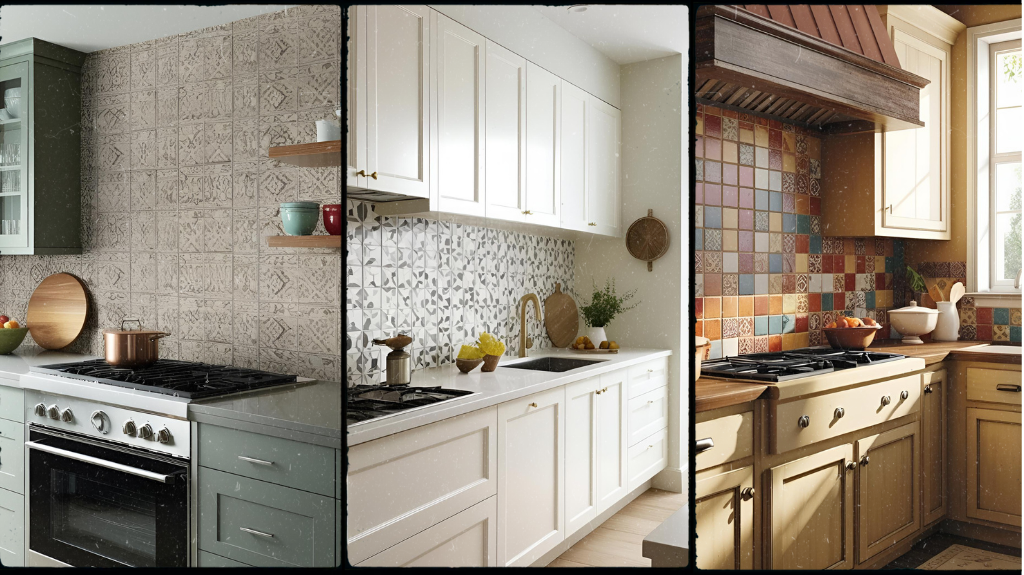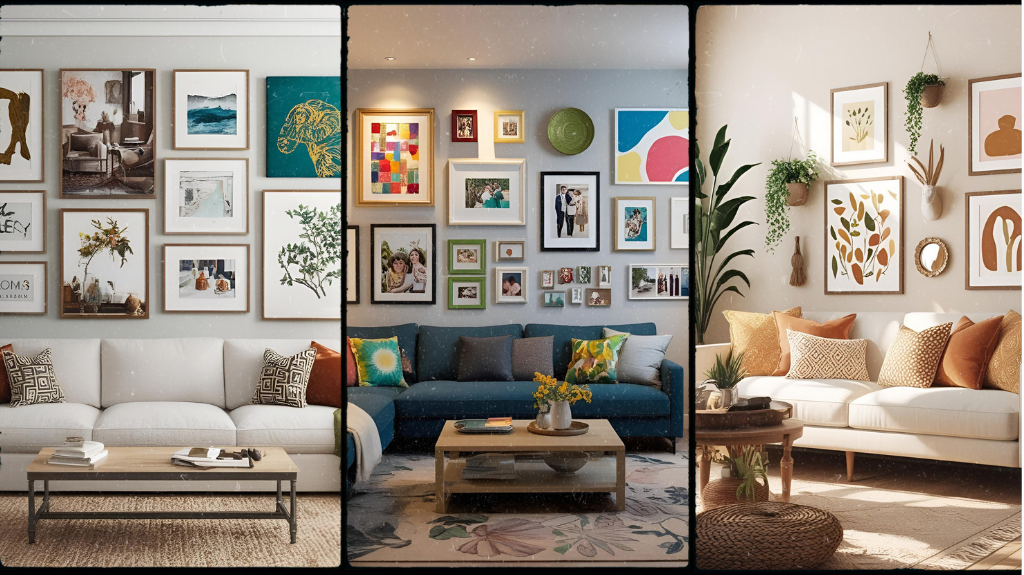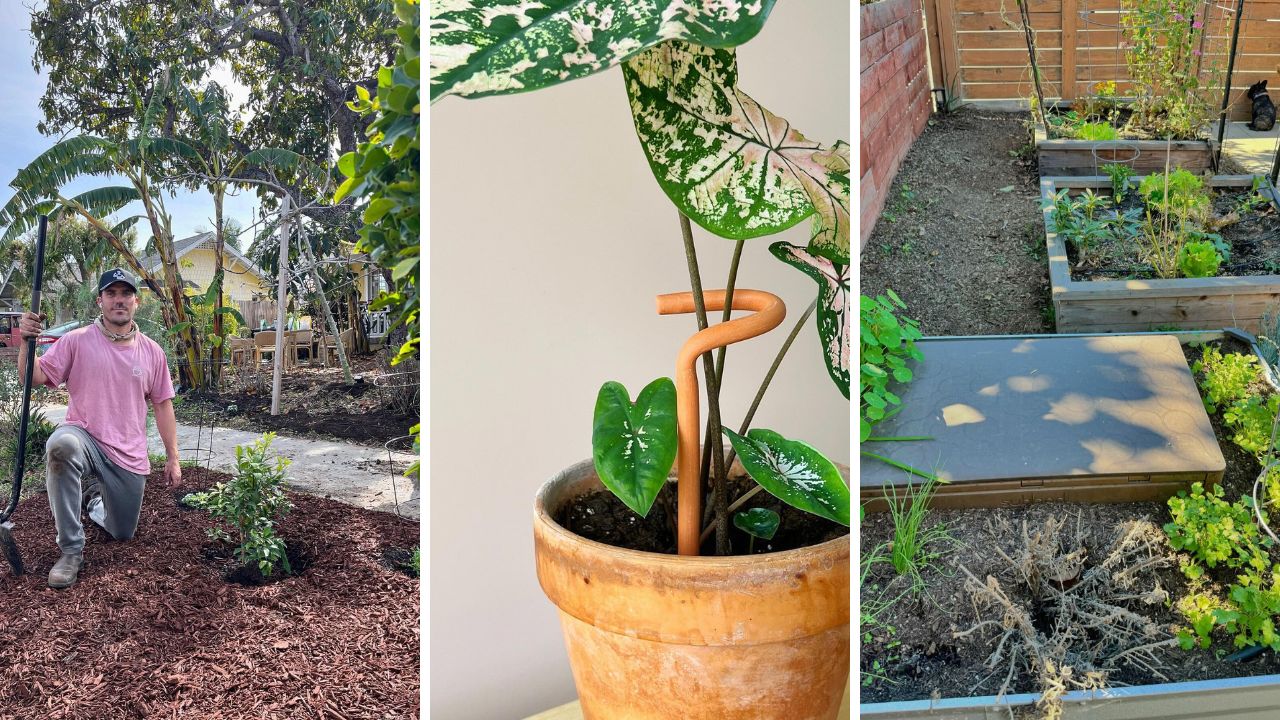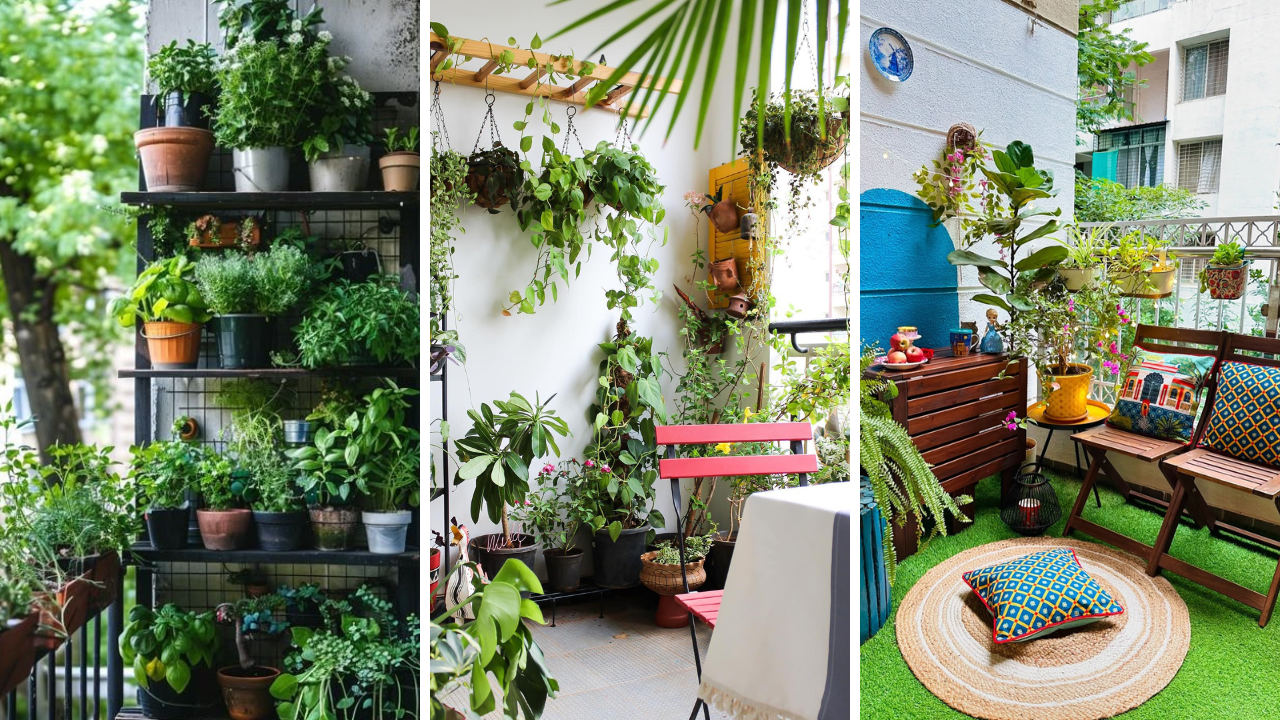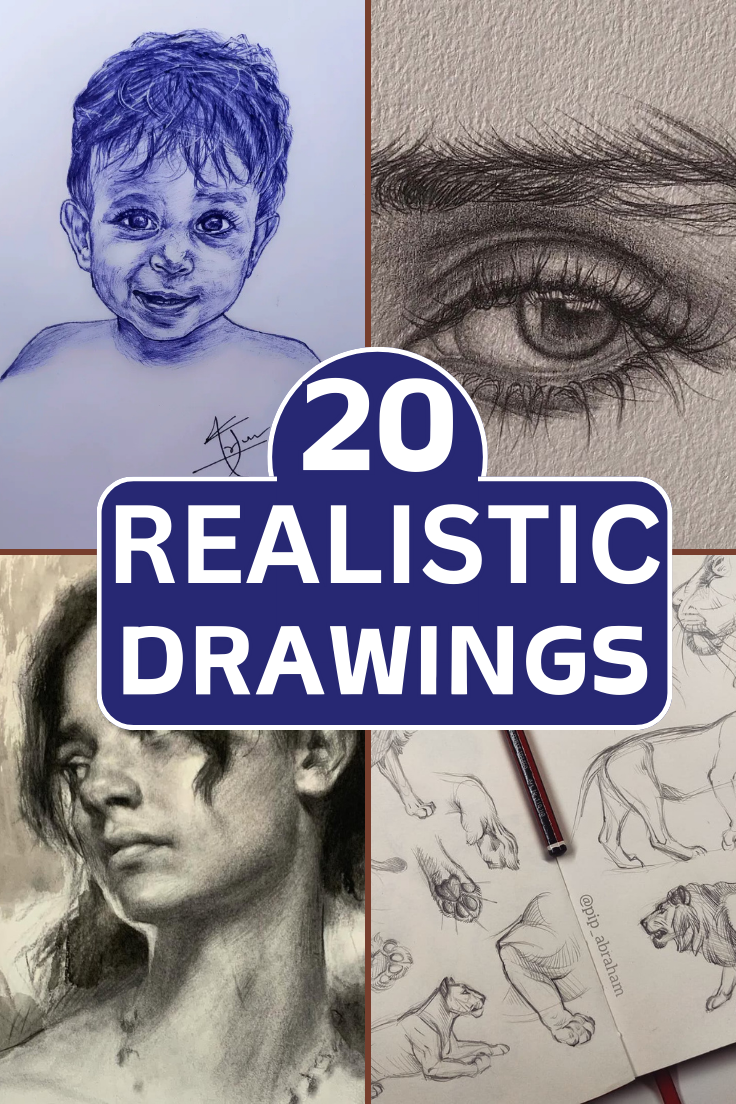
Realistic drawings are a true testament to an artist’s patience, skill, and keen observation. They go beyond simple sketches, capturing every minute detail, texture, and shadow to create works that often look indistinguishable from photographs. Whether you’re an artist yourself or simply someone who appreciates hyper-realistic art, these 20 breathtaking drawings will leave you in awe. From portraits that seem to breathe life into paper to landscapes that feel like windows into another world, these artworks showcase the pinnacle of realism in art. Throughout this list, we’ll also recommend some must-have art supplies that can help you achieve similar results, whether you’re a beginner or an experienced artist looking to refine your technique. Let’s dive into these stunning examples of realism in art and explore what makes them so mesmerizing.
1. The Depth of Emotion: Hyper-Realistic Portraits
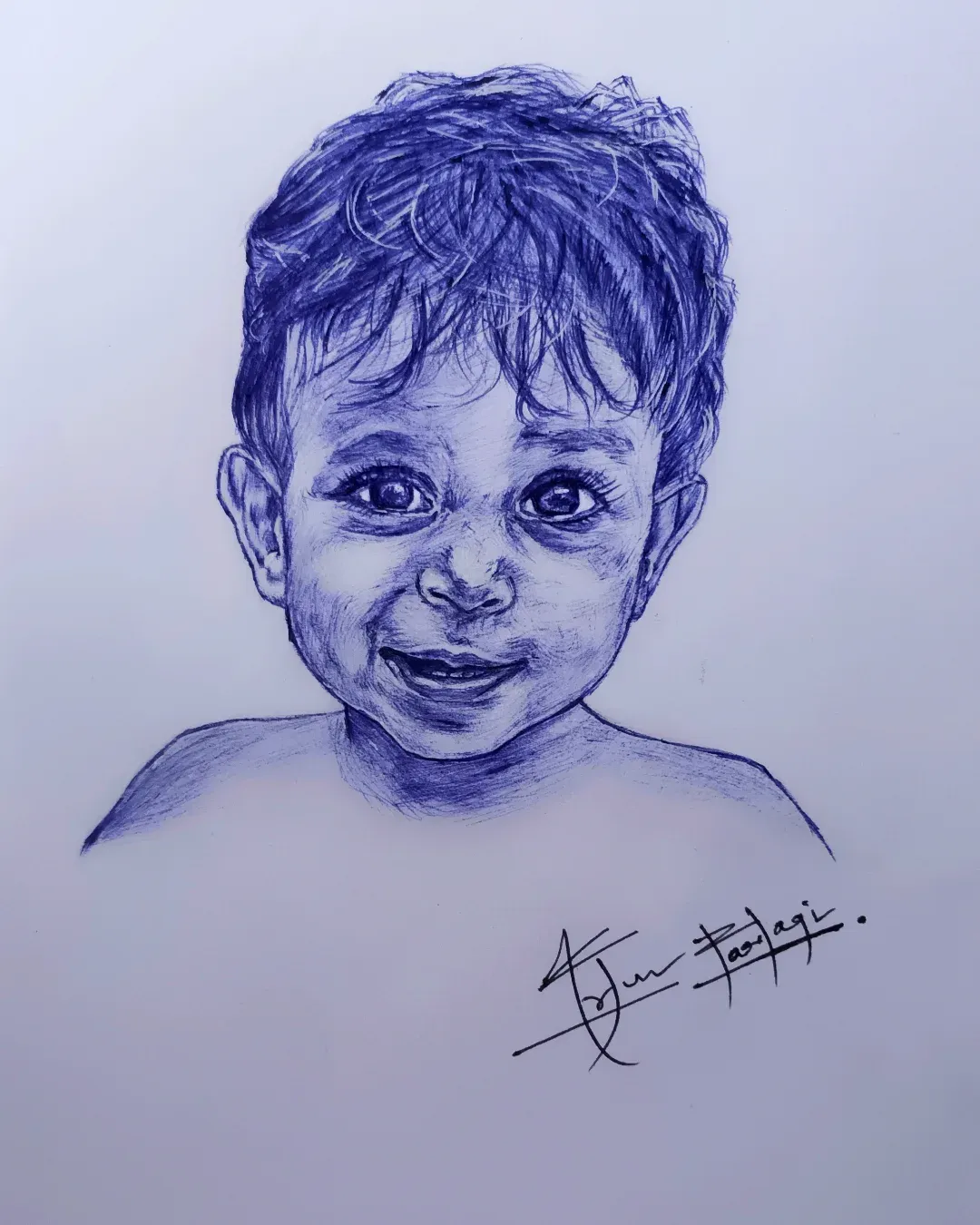
source @arjunrastogiart
Portraits are one of the most challenging yet rewarding subjects for any artist. Capturing the essence of a person’s emotions, the glimmer in their eyes, and the subtleties of skin texture requires an incredible level of precision. Some artists have mastered this craft to such an extent that their pencil drawings look like high-resolution photographs. From the intricate wrinkles on an elderly face to the soft blush on a child’s cheeks, these portraits bring emotions to life on paper. The key to achieving this level of realism lies in using high-quality graphite pencils that allow smooth shading, delicate line work, and seamless transitions. Artists often rely on blending stumps and erasers to create soft skin tones and realistic highlights, ensuring that their portraits capture every nuance of human expression.
2. The Magic of Eyes in Pencil Drawings
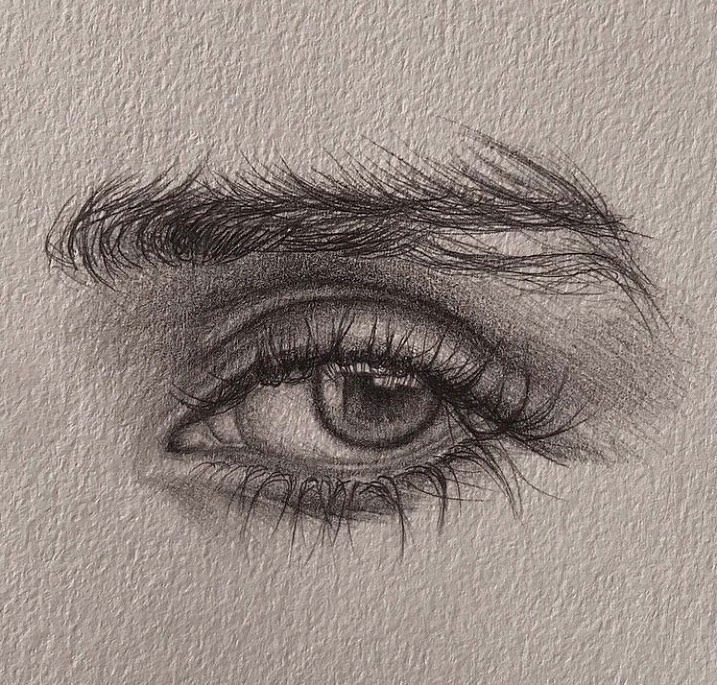
source @eyedrawing
They say that eyes are the windows to the soul, and in realistic drawings, this couldn’t be more true. Some of the most mesmerizing artworks focus solely on eyes, rendering them in incredible detail with every eyelash, reflection, and glistening tear captured with astonishing precision. Artists use layering techniques to build depth in the iris, making it appear as though light is truly passing through it. Achieving this level of detail requires ultra-sharp pencils for precision, smooth blending techniques for soft shadows, and white gel pens for the final highlights that bring eyes to life. Whether it’s a single close-up eye drawing or a full portrait where the gaze holds all the emotion, realistic eye sketches remain a favorite among artists and viewers alike.
3. Lifelike Animal Drawings That Feel Alive
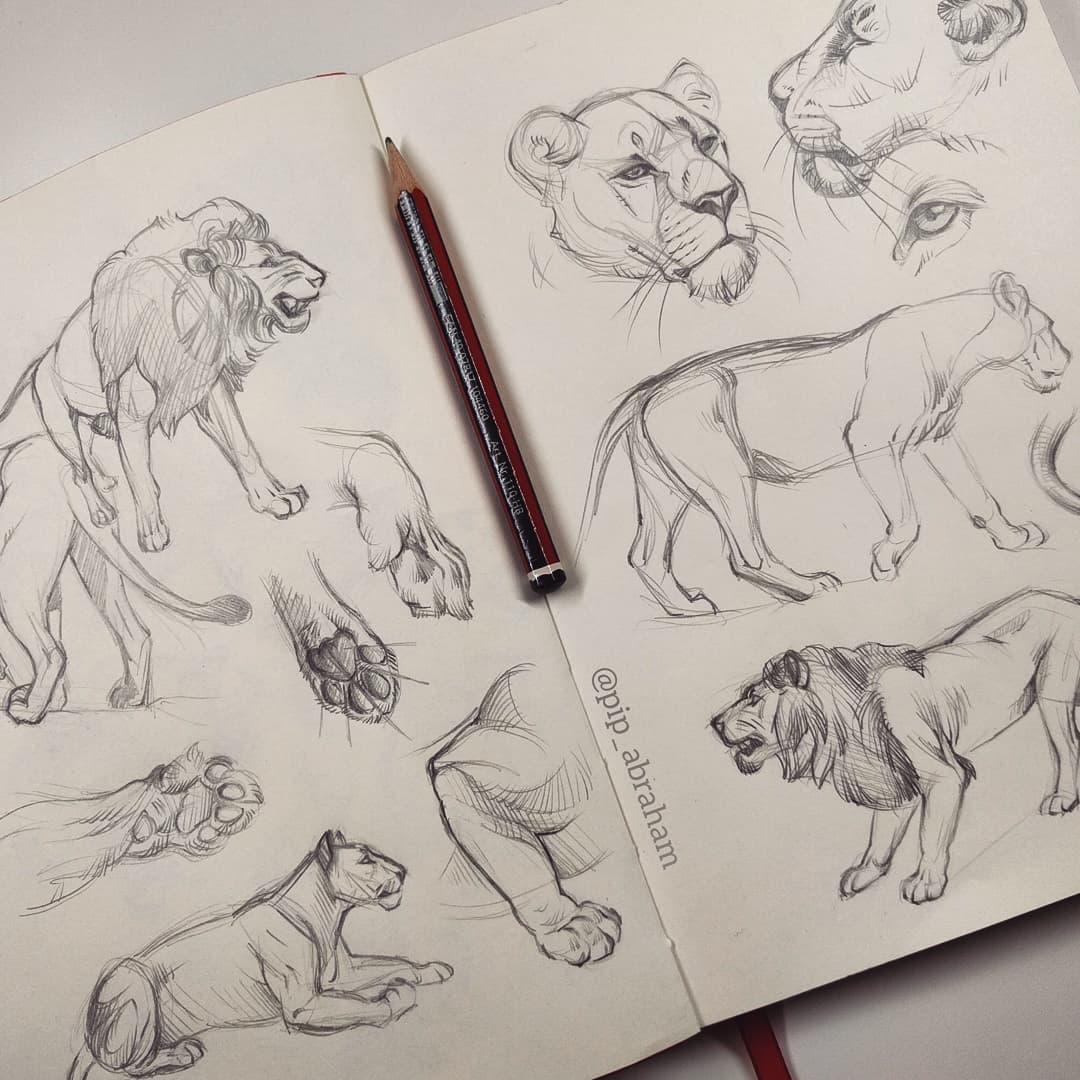
source @pip_tacla
Animal drawings present a unique challenge due to the complexity of fur, feathers, and textures that must be depicted with astonishing accuracy. Some artists have mastered the art of capturing every tiny hair on a cat’s face or the intricate feather pattern of a bird in flight. What makes these drawings stand out is the combination of fine-tip mechanical pencils for crisp details, soft graphite for fur depth, and erasers used to create individual strands of hair. The most impressive realistic animal drawings often feature wet noses, glossy eyes, and soft fur that make the subjects look so lifelike, you almost expect them to move. Achieving this requires patience, layering techniques, and a deep understanding of animal anatomy.
4. Photorealistic Charcoal Drawings
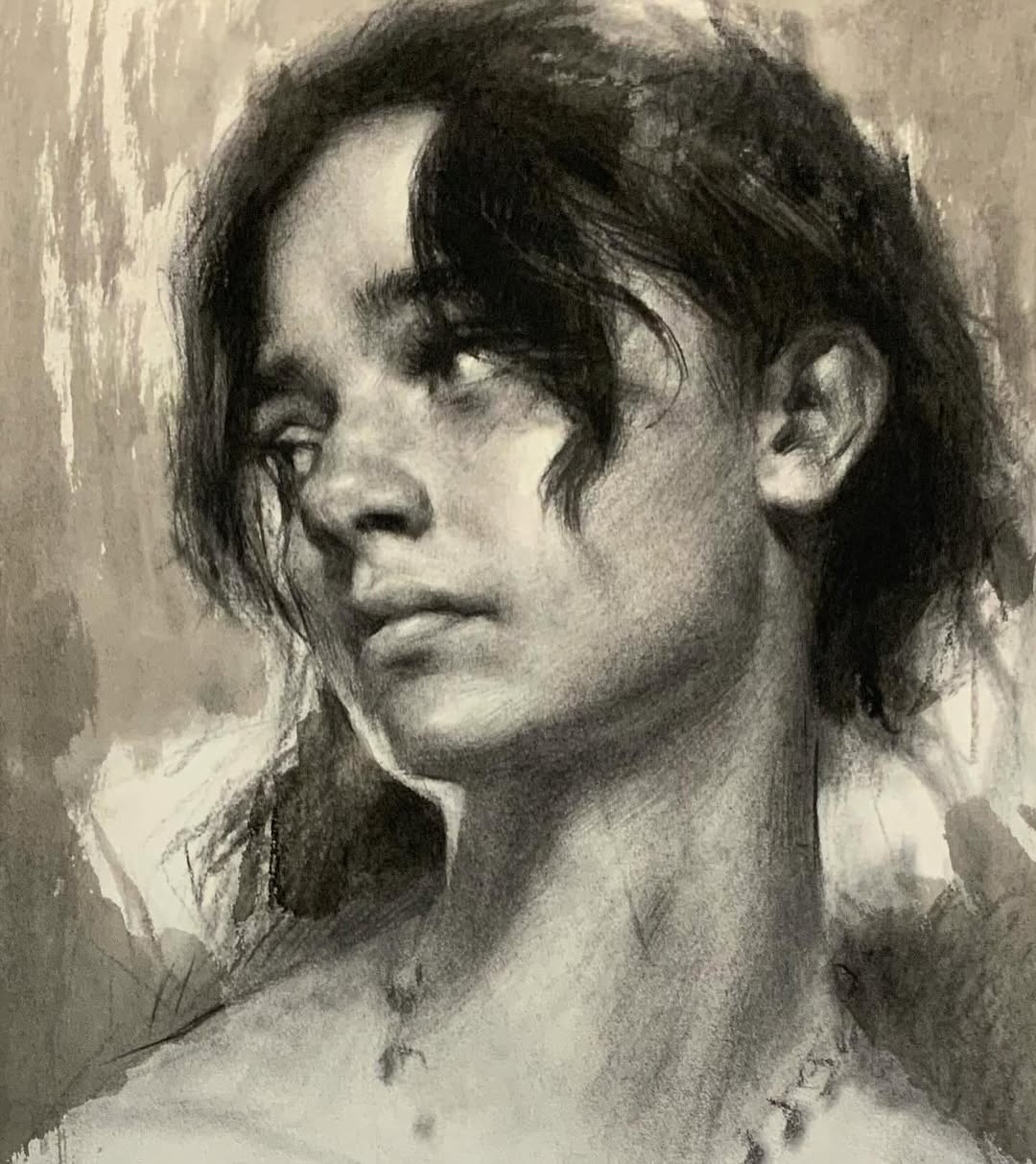
source @artwarriors_
Charcoal drawings hold a special place in the world of realism due to their dramatic contrast and rich textures. Unlike graphite, charcoal allows for incredibly deep blacks that create striking shadows and depth, making portraits and landscapes appear three-dimensional. Some artists specialize in charcoal portraits that capture every fine wrinkle, stubble, and highlight, creating artwork that feels as vivid as a photograph. The challenge of using charcoal lies in controlling its smudging nature while still achieving sharp details. Artists rely on kneaded erasers, blending brushes, and various grades of charcoal pencils to create a seamless balance between dark shadows and soft highlights.
5. Stunning Still Life Sketches
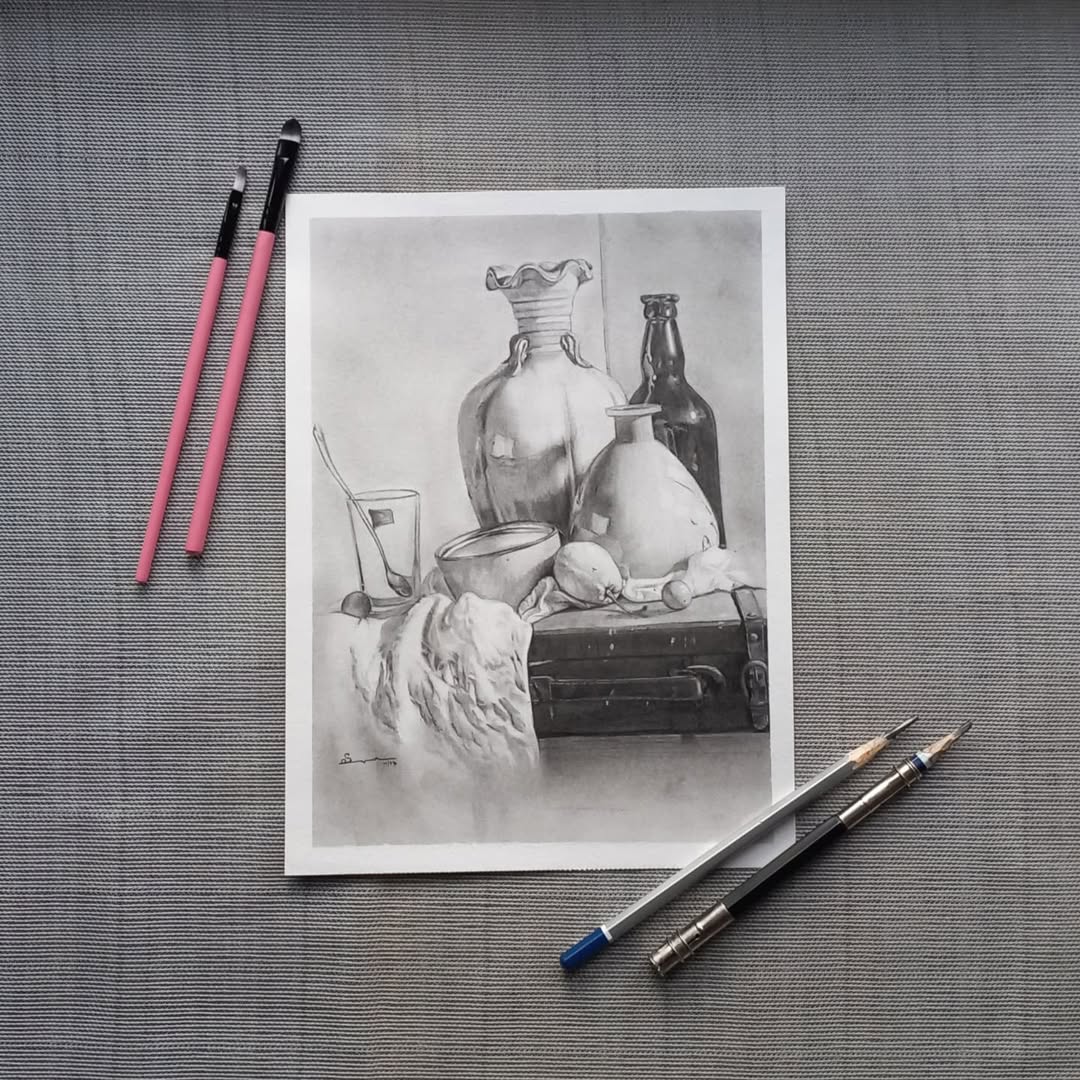
source @jrf_art_studio
Still life art is an excellent way to explore realism because it allows artists to capture everyday objects in exquisite detail. The best realistic still life drawings showcase a mastery of light, shadow, and texture, bringing ordinary items like fruits, glassware, or books to life on paper. The key to achieving realistic still life art lies in understanding perspective, surface textures, and reflections. Artists often use a mix of hard and soft pencils to depict subtle variations in tone, while erasers play a crucial role in creating highlights that make objects pop. A smooth-textured sketching paper is often recommended for achieving crisp lines and detailed shading.
6. Ultra-Detailed Hands and Feet Sketches
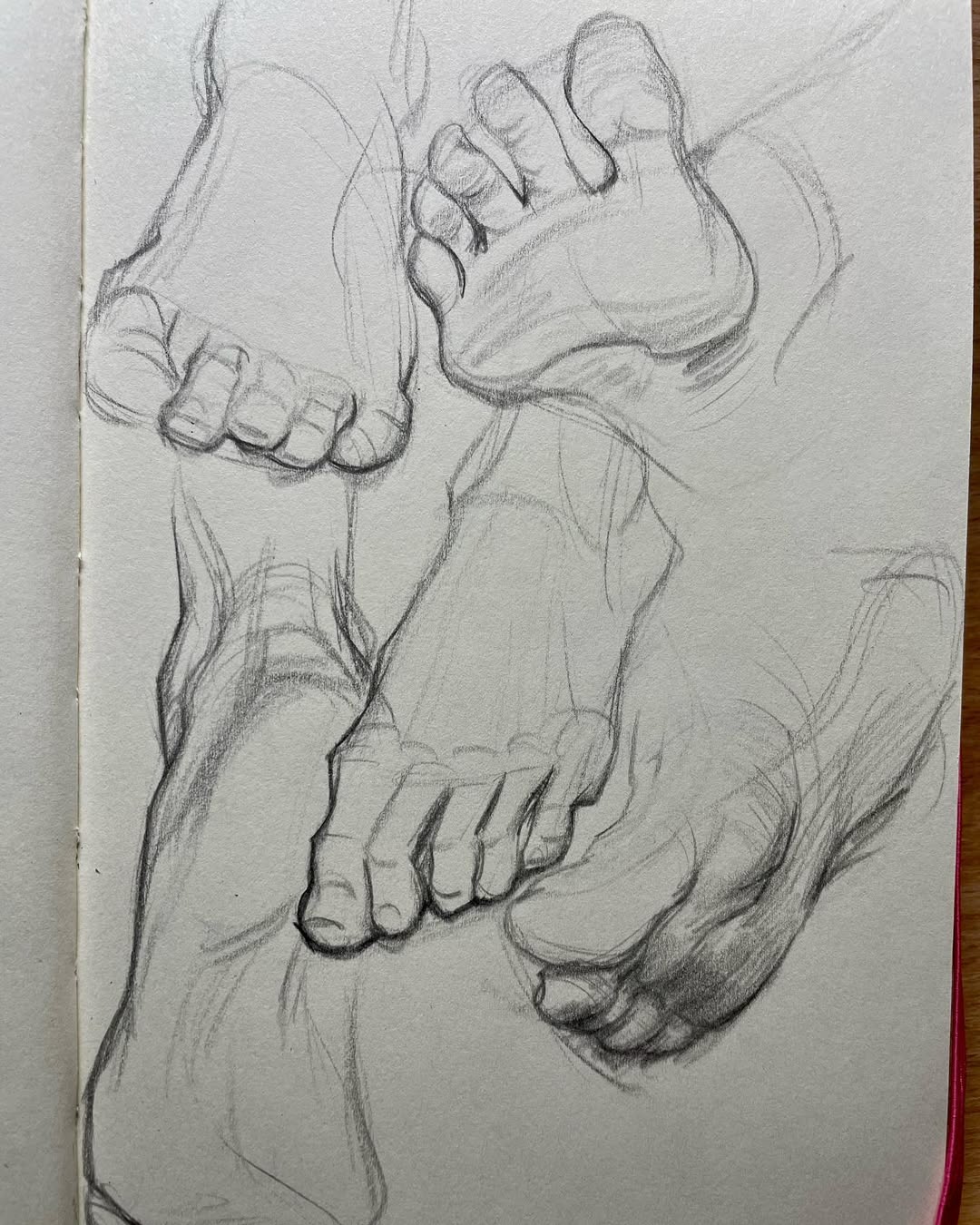
source @hassaneart
Drawing hands and feet is considered one of the hardest skills to master in realistic art due to their complex anatomy and dynamic movements. Some artists, however, have perfected the art of rendering hands with veins, wrinkles, and realistic shadows that make them appear astonishingly lifelike. From expressive hands gripping an object to delicate fingers lightly touching a surface, realistic hand drawings showcase an artist’s true skill. To create such stunning realism, artists use reference books on anatomy, grid techniques for accuracy, and precise shading tools to capture depth and form.
7. Architectural Drawings That Look Like Photographs
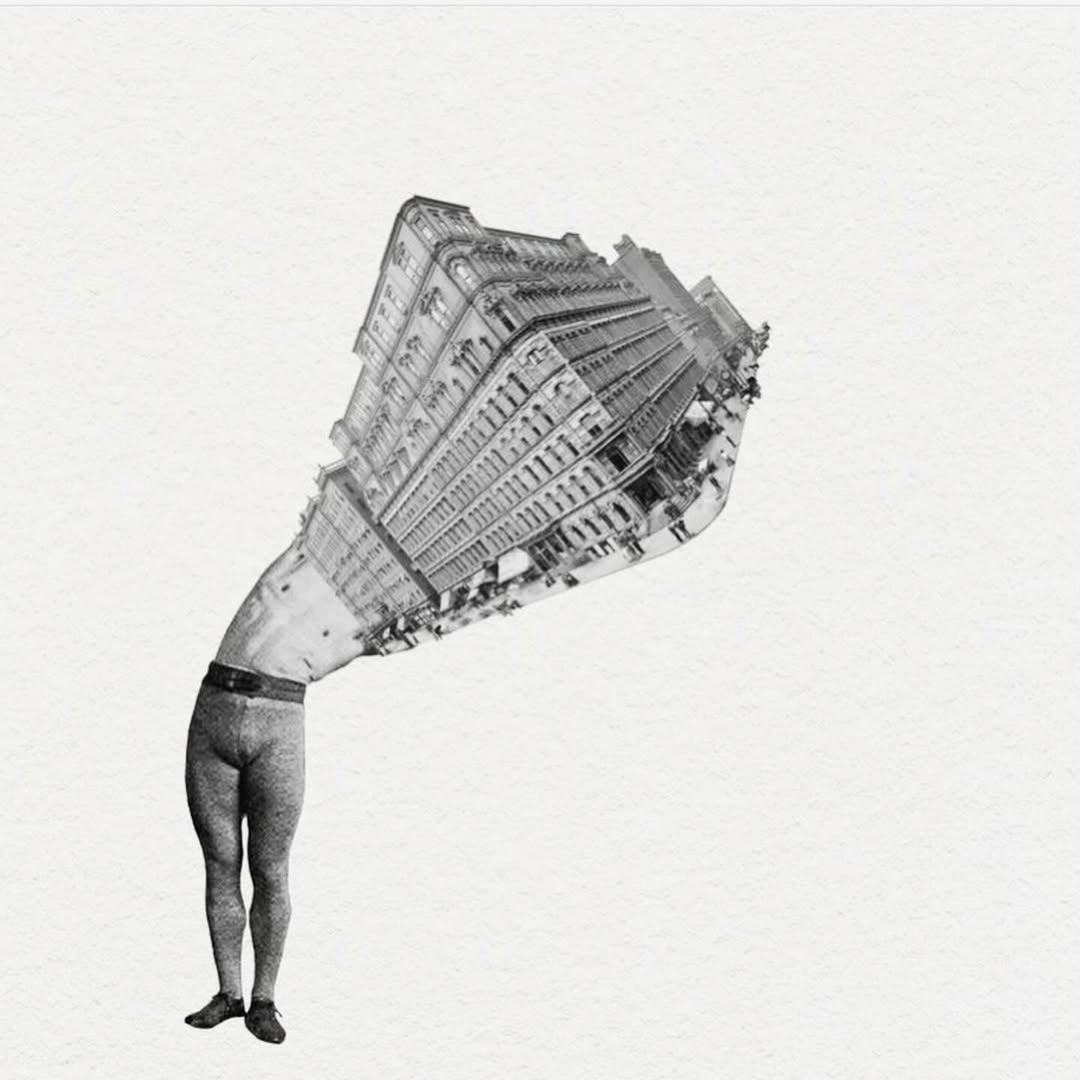
source @nycollageensemble
Precision is key when it comes to realistic architectural drawings. Artists who specialize in this form of realism create mind-blowing illustrations of buildings, bridges, and cityscapes that appear almost indistinguishable from real-life photographs. Whether it’s the reflection of light on glass windows or the intricate details of brickwork, these drawings require meticulous attention to perspective and proportion. Technical pens, rulers, and fine-line markers are essential tools for achieving architectural realism, helping artists capture every minute detail with accuracy.
8. Hyper-Realistic Food Illustrations
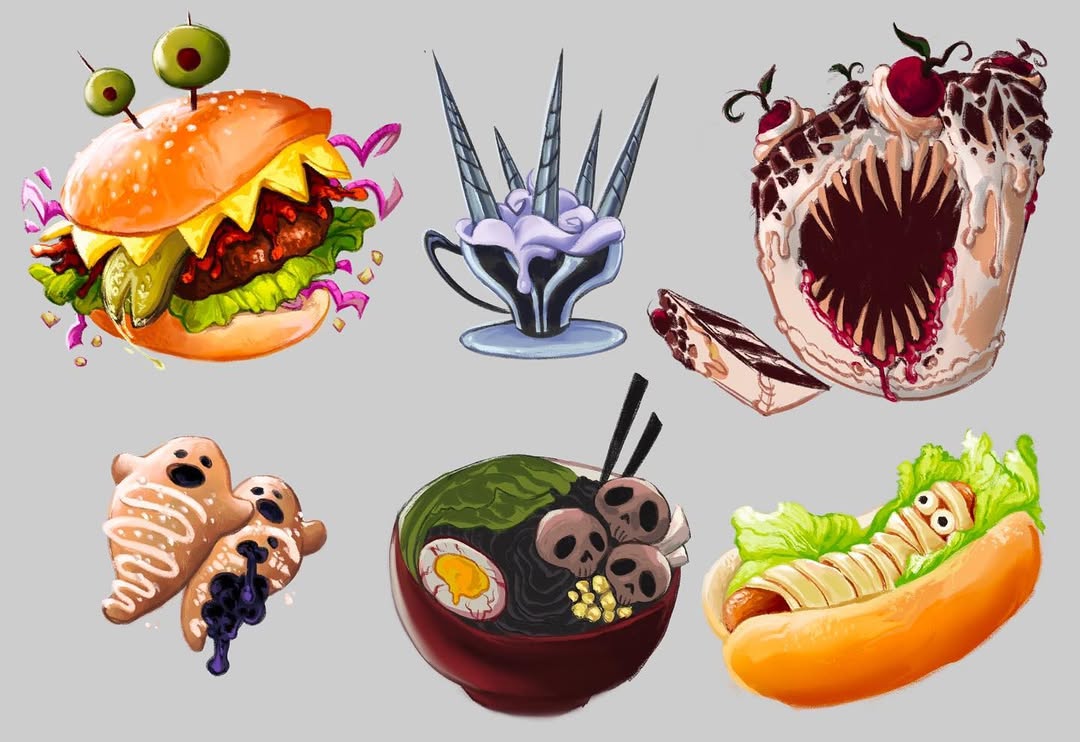
source @coloronthewallz
Some of the most impressive realistic drawings feature food so detailed that it looks edible. From the juicy texture of a sliced orange to the soft, powdery surface of a donut, these food illustrations play with light, texture, and color to create mouthwatering effects. Artists often use high-quality colored pencils with a strong pigment range to achieve the vibrancy and depth needed to mimic real food. Blending techniques are crucial, allowing smooth transitions between different textures like glossy chocolate, crispy crusts, or delicate fruit skin.
9. Black and White Portraits That Feel Alive
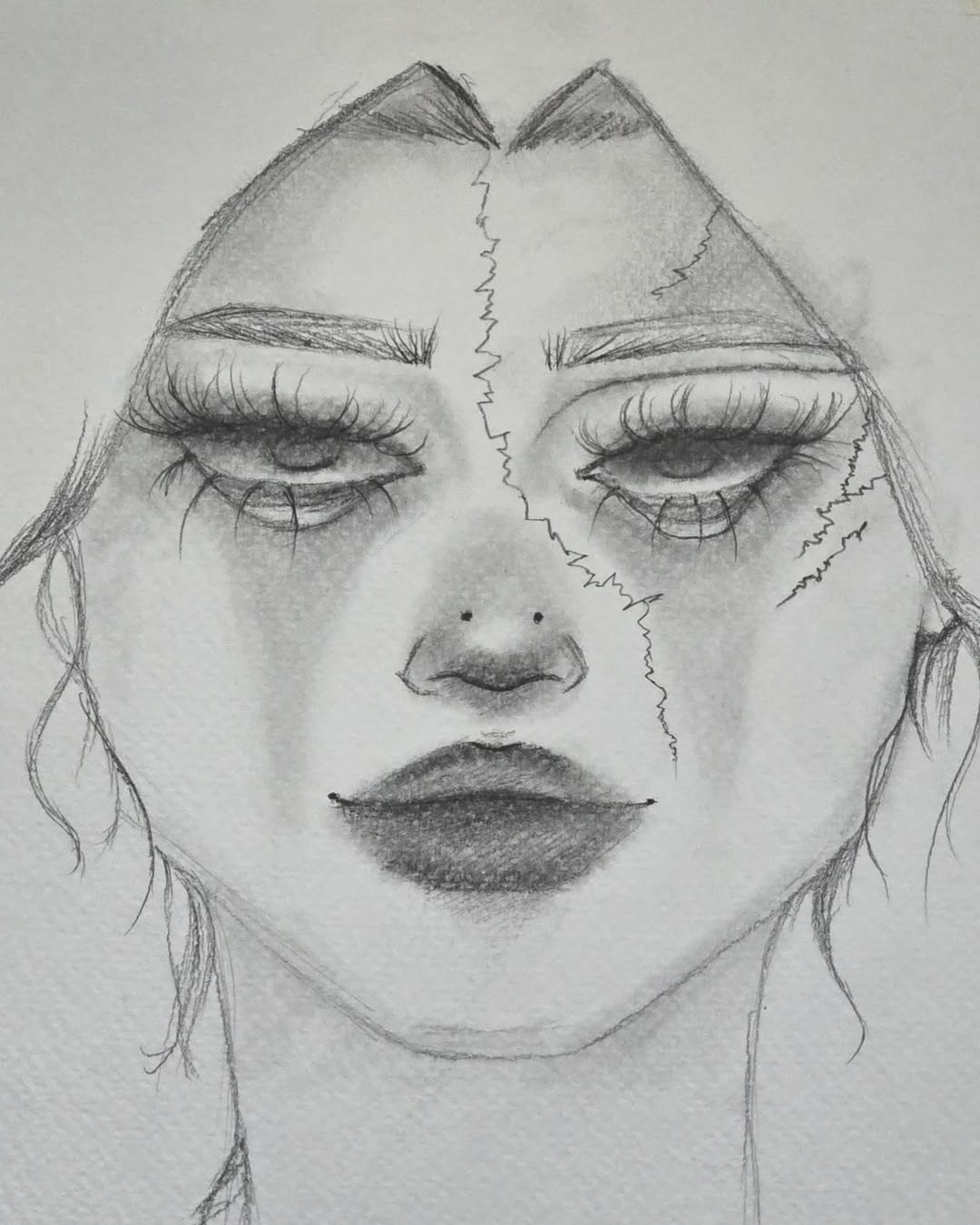
source @dua.artfy
While color can add vibrancy to a portrait, some of the most breathtaking realistic drawings are done in black and white. These monochrome masterpieces showcase an artist’s ability to create depth, contrast, and fine details without relying on color. The key to achieving such realism is mastering shading techniques, using different grades of graphite to create a full range of tones. Artists often use kneaded erasers to lift highlights and add realism to elements like glossy lips, reflective eyes, and soft skin textures.
10. Realistic Landscape Drawings
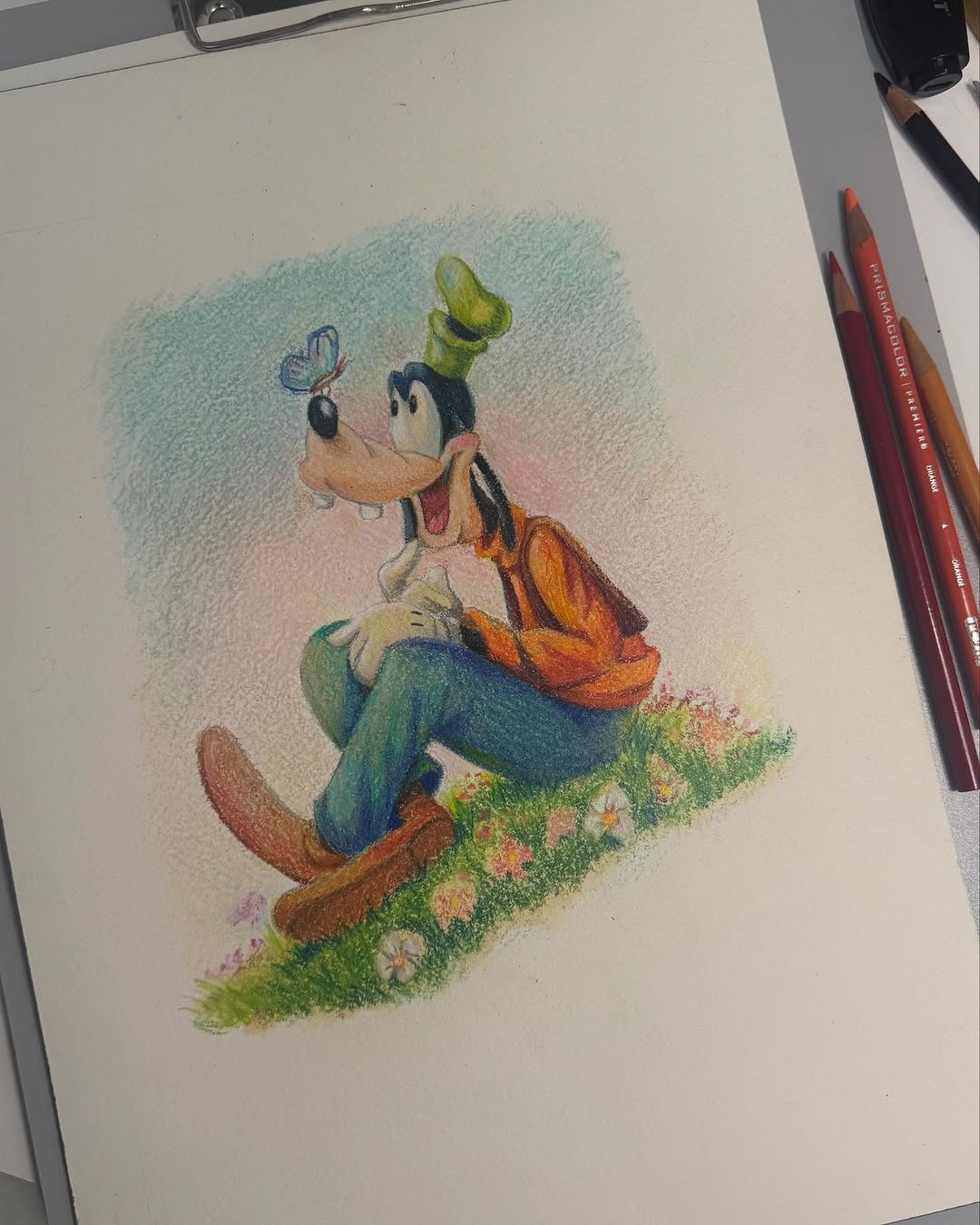
source @angelmalvarezart
Drawing landscapes in a hyper-realistic style requires a keen understanding of light, perspective, and texture. Some artists specialize in creating breathtaking scenes that transport viewers to a serene forest, a rocky mountain range, or a crashing ocean wave. Graphite powder is often used for smooth shading in sky and water elements, while fine-tip pencils capture intricate details in trees and rocks. These landscape drawings not only showcase technical skill but also evoke a deep sense of atmosphere and realism.
11. Hyper-Realistic Hair Drawings That Show Every Strand
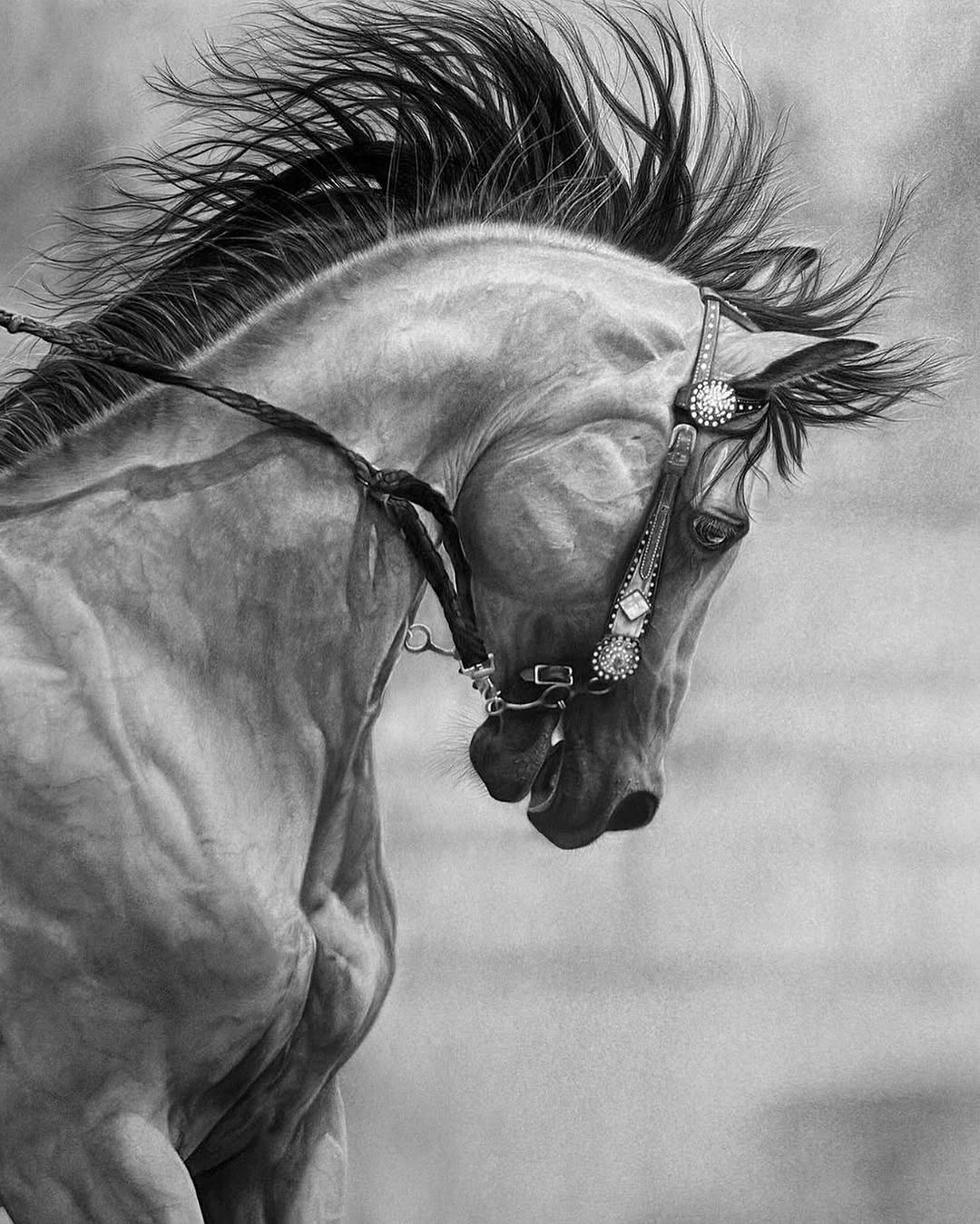
source @luvlee_art
One of the most challenging yet rewarding aspects of realism is drawing hair. Whether it’s straight, curly, wavy, or frizzy, capturing each strand’s movement and shine requires exceptional precision. The best realistic hair drawings feature individual strands that flow naturally, with highlights and shadows giving them a lifelike appearance. Artists achieve this effect using mechanical pencils for fine details, blending tools for softness, and erasers to create shine. The contrast between dark and light areas adds volume and depth, making the hair look almost touchable. For those looking to master this skill, high-quality graphite pencils and blending brushes are essential tools for achieving a silky, realistic finish.
12. Realistic Pencil Drawings of Celebrities
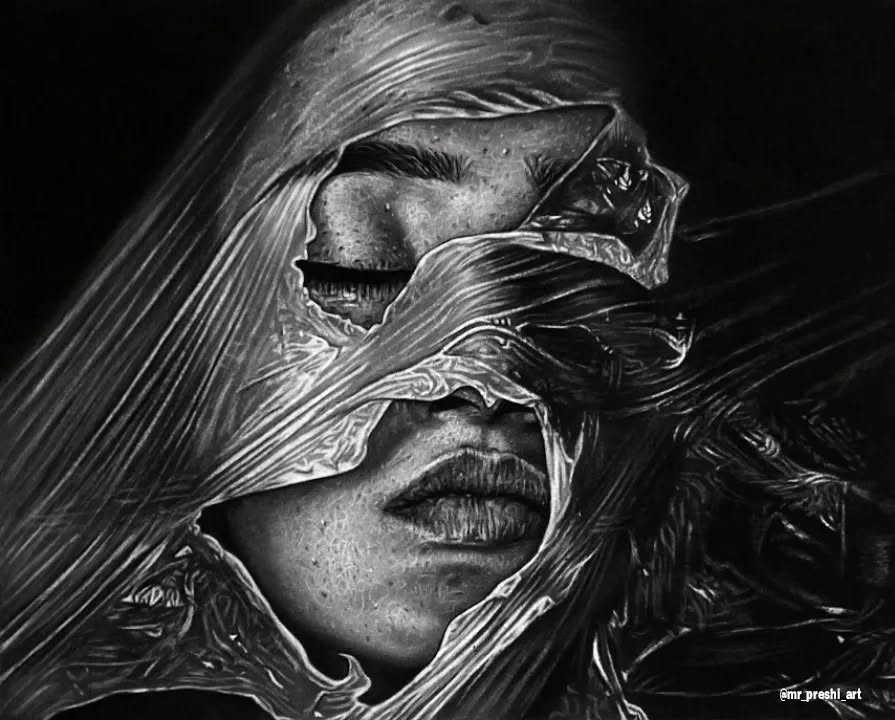
source @mr_preshi_art
Celebrity portraits are a favorite among artists because they challenge the ability to capture a recognizable likeness. Some artists have perfected the art of drawing famous faces so realistically that their pencil sketches look like photographs. These stunning portraits often showcase every detail, from the subtle wrinkles around the eyes to the soft texture of the lips. Achieving this level of realism requires precision tools, such as ultra-fine graphite pencils for sharp details and smooth shading techniques to create a natural skin texture. Many artists use reference grids to maintain proportion accuracy, ensuring that every facial feature is in perfect balance.
13. Realistic Reflections: Glass and Water Drawings
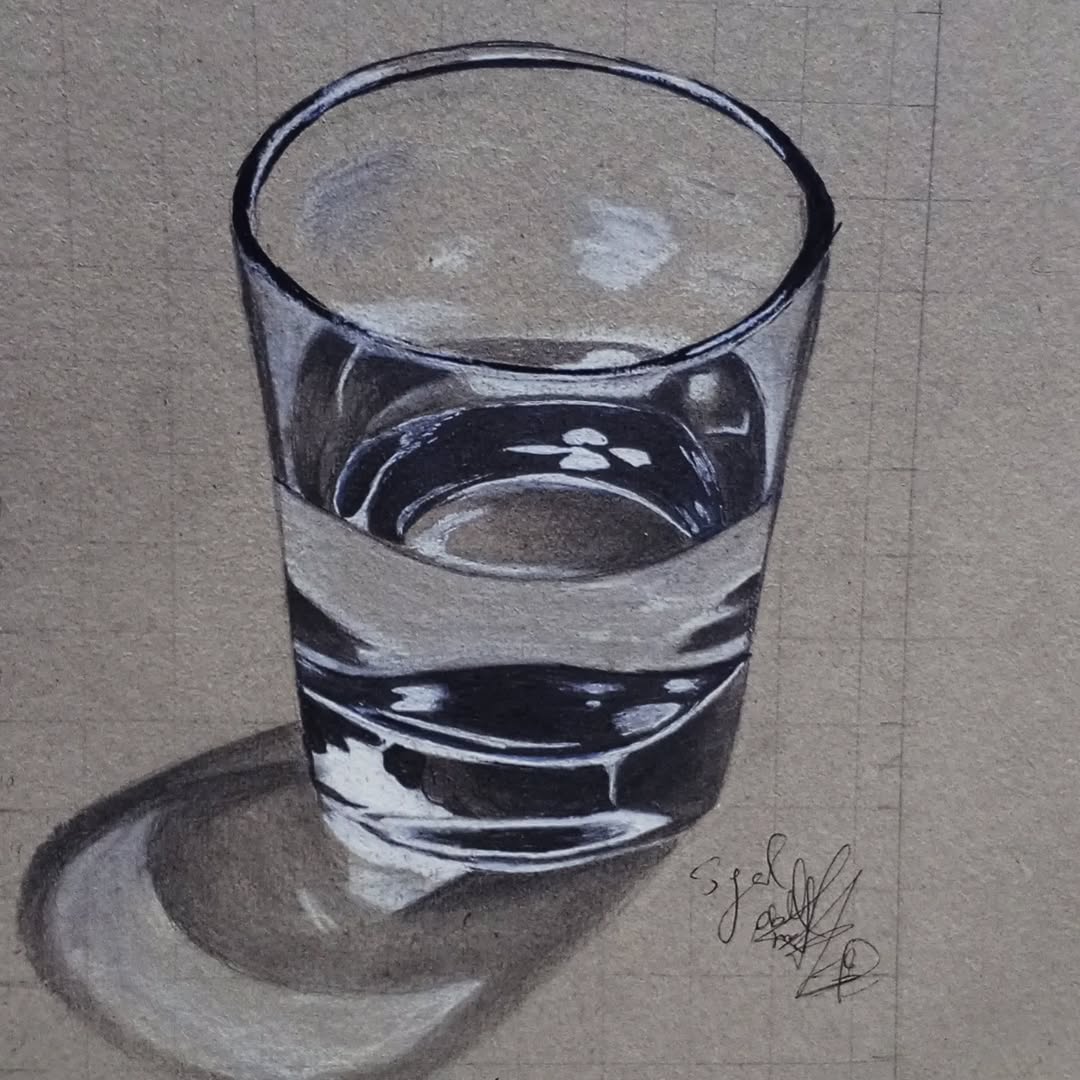
source @elegent_sketches_
One of the most fascinating subjects in realistic drawing is reflections, whether in a glass of water, a mirror, or a shiny metal surface. These drawings require a deep understanding of how light interacts with different materials. Artists often create stunningly accurate reflections using a combination of smooth shading for the base structure and precise highlights to mimic light bouncing off the surface. White gel pens or erasers are essential for adding the final highlights that bring the reflections to life. These hyper-realistic drawings demonstrate an artist’s skill in capturing both transparency and distortion, making them some of the most visually impressive pieces of realistic art.
14. Breathtaking Hyper-Realistic Fabric Drawings
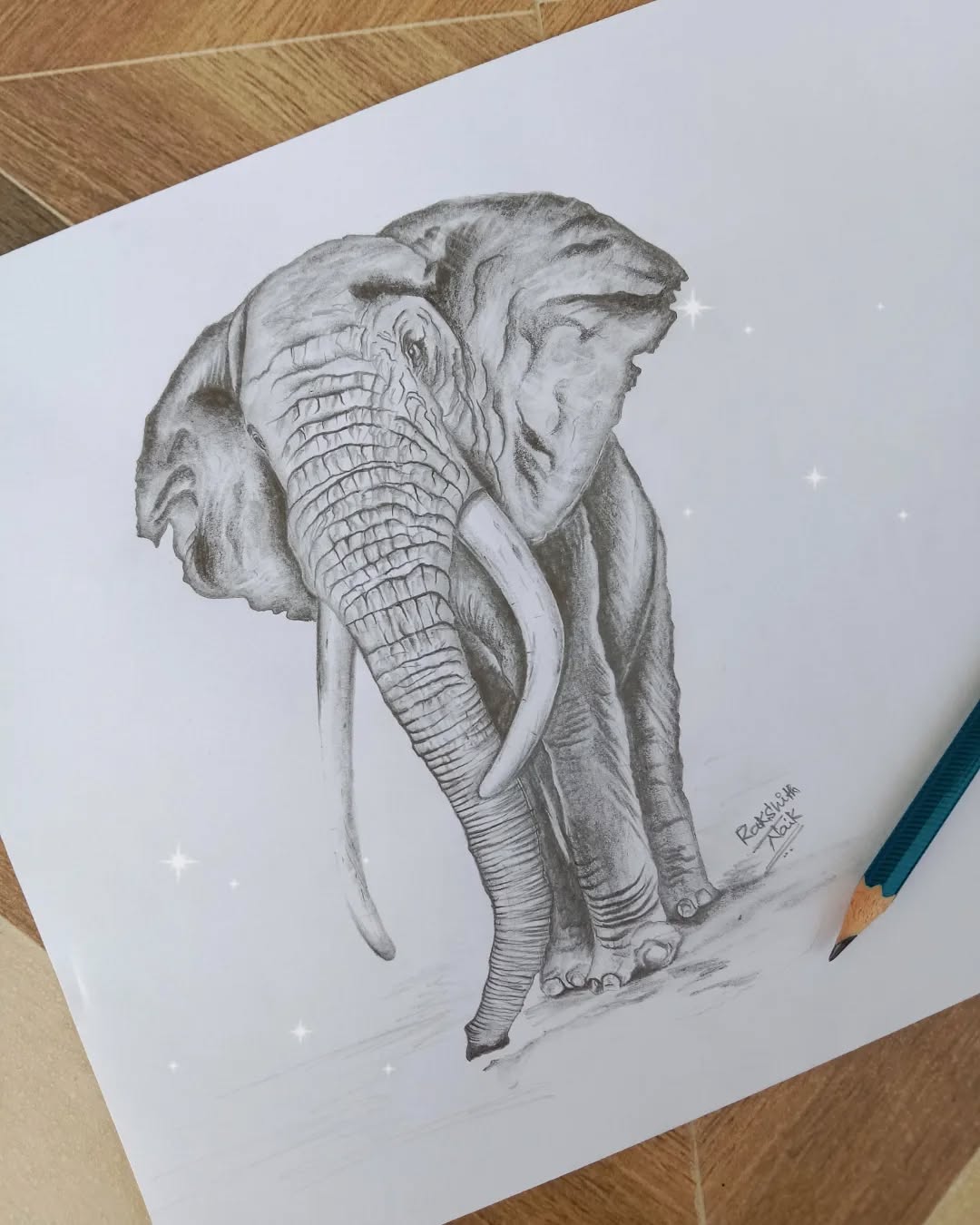
source @naikrakshith123
Capturing the softness, folds, and intricate textures of fabric in a drawing requires incredible skill. Some artists create hyper-realistic renderings of clothing, scarves, or drapery that look as if they could be touched. The secret to achieving realistic fabric drawings lies in mastering shading techniques that create depth and movement. Soft pencils help blend the delicate transitions between light and shadow, while sharp mechanical pencils define the crisp folds and creases. Artists often use a layering technique to build up depth, ensuring that every wrinkle and fold appears natural.
15. Jaw-Dropping Hyper-Realistic Hands Holding Objects
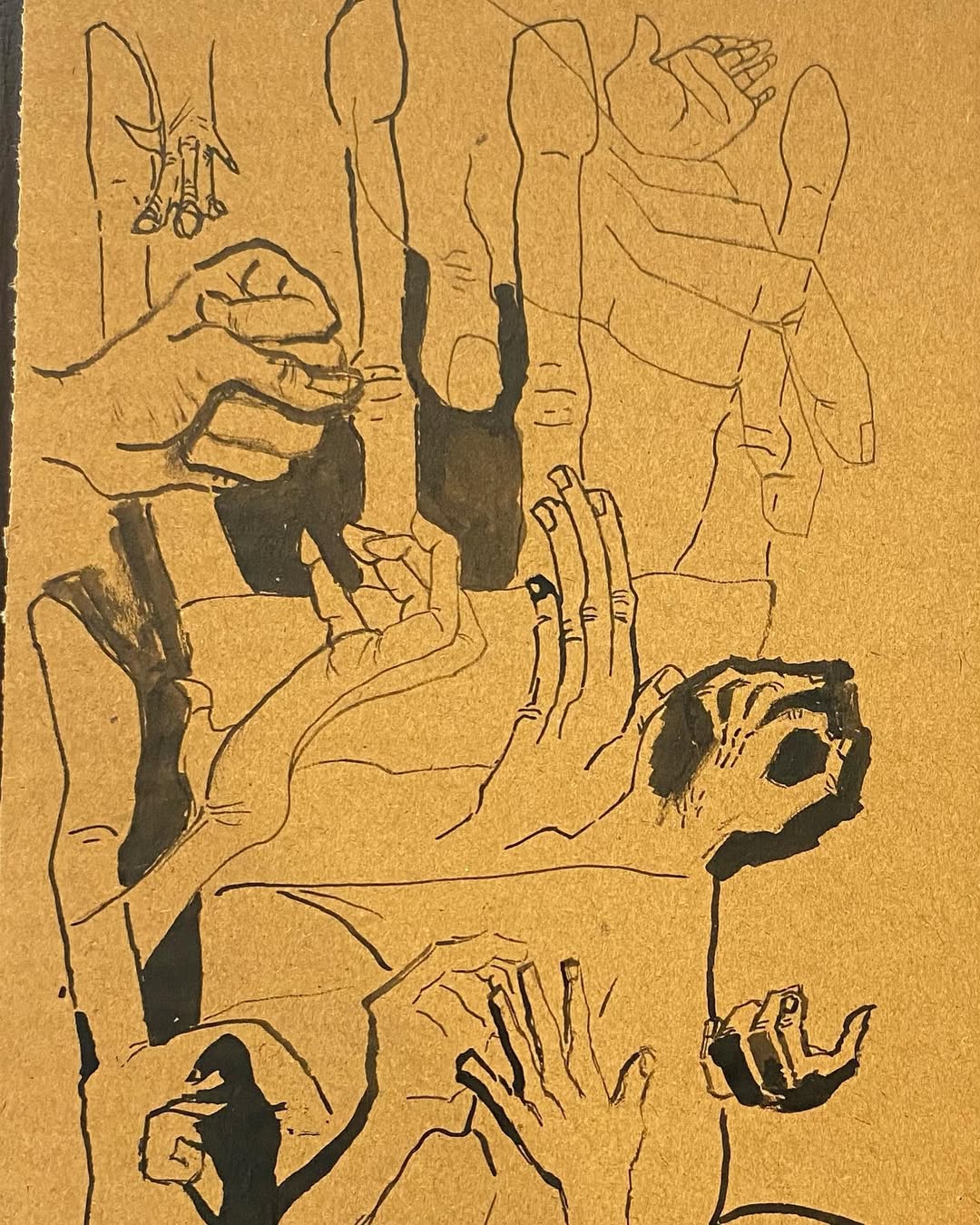
source @br_ett2033
Hands are already difficult to draw, but when combined with objects like glass cups, books, or jewelry, they become even more complex. Some artists take on the challenge of drawing hands gripping objects with astonishing accuracy, capturing the pressure of fingers on a surface and the play of light on skin and materials. These hyper-realistic artworks showcase the texture of skin, the softness of shadows between fingers, and even the translucency of nails. Artists often use reference photos and fine graphite pencils to achieve the precision necessary for such intricate work.
16. Realistic Sketches of Famous Landmarks
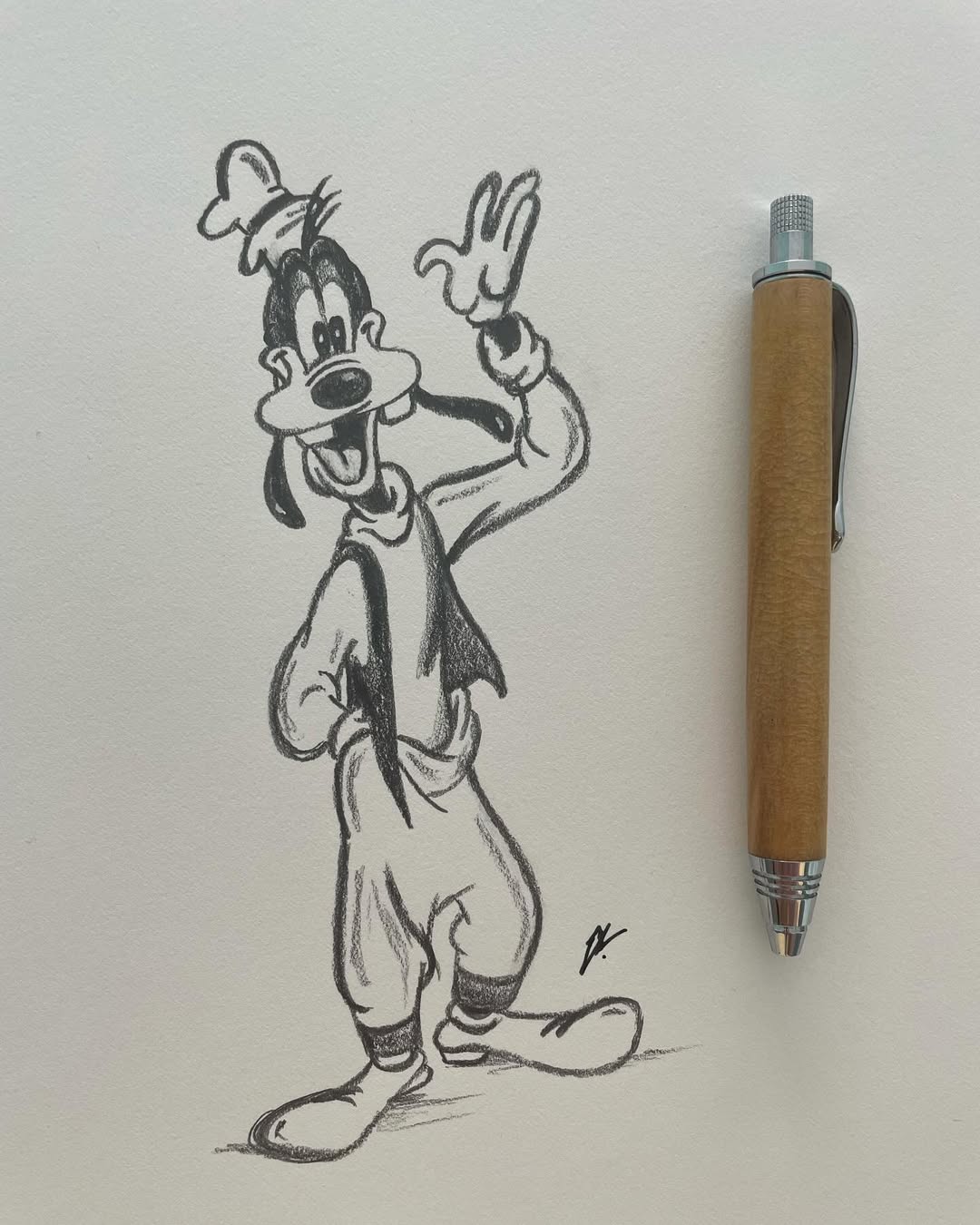
source @jrdisney4ever
Cityscapes and architectural landmarks offer an excellent opportunity for realism due to their intricate details and varying textures. From the fine brickwork of the Colosseum to the shimmering reflection of the Eiffel Tower in water, these drawings require an incredible eye for detail and perspective. Artists who specialize in realistic architecture often use rulers, fine-tip mechanical pencils, and stippling techniques to create depth and texture. The most impressive cityscape drawings capture not only the structures themselves but also the surrounding atmosphere, such as misty air, distant lights, or reflections in puddles.
17. Realistic Metal and Jewelry Drawings
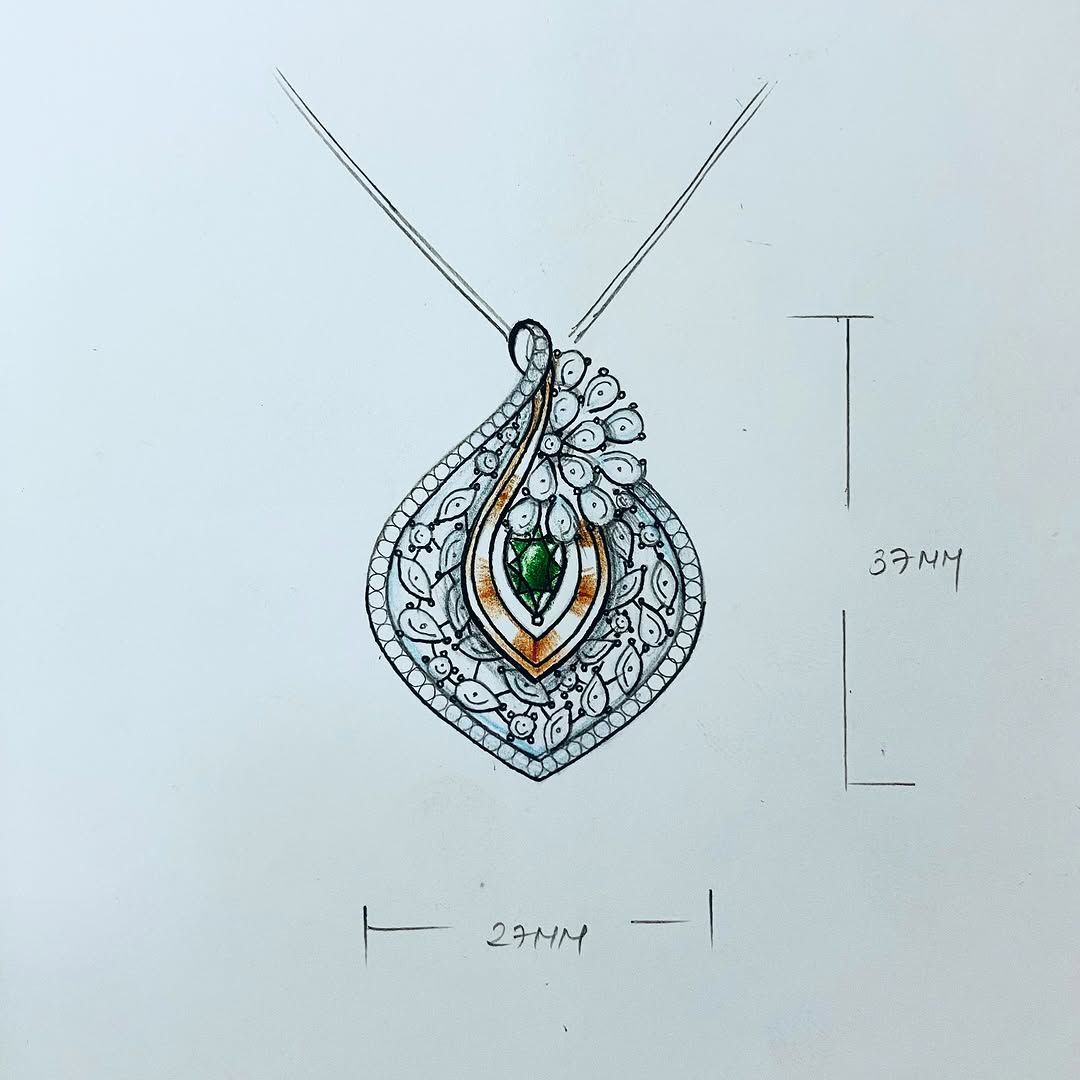
source @mjmayurdesigner
Shiny objects, such as metal jewelry, require special techniques to achieve a reflective, lifelike appearance. Artists use precise shading to capture the way light interacts with metallic surfaces, creating bright highlights and deep shadows that mimic the real thing. From a simple silver ring to an intricate golden bracelet with gemstones, hyper-realistic jewelry drawings look astonishingly real. Tools like white gel pens and erasers help achieve the glossy shine, while blending techniques ensure smooth transitions between light and dark areas. These drawings demonstrate an artist’s ability to create the illusion of three-dimensional, reflective surfaces on a flat sheet of paper.
18. Realistic Animal Fur and Feather Drawings
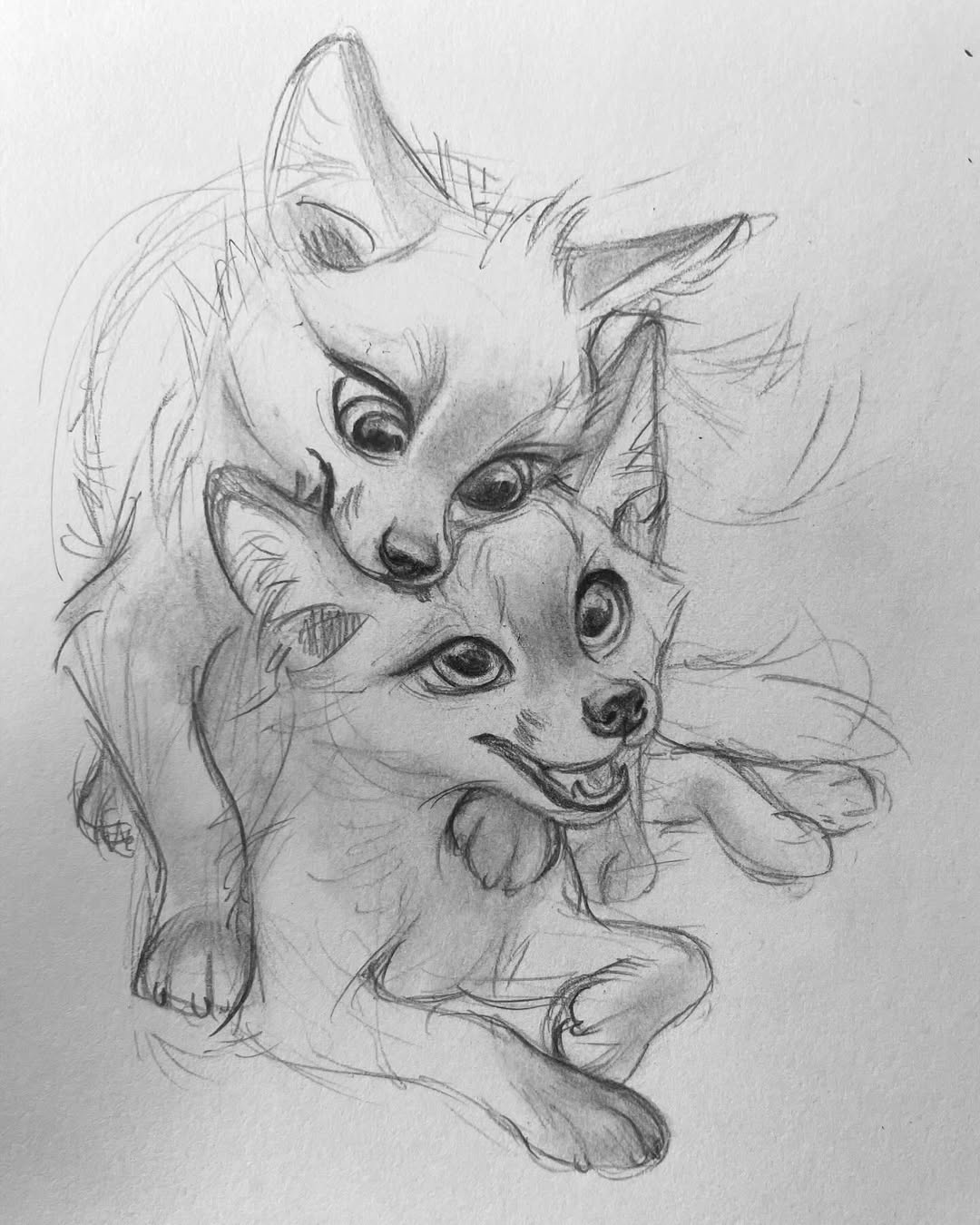
source @kit.faced
While earlier we discussed realistic animal portraits, the challenge of fur and feathers deserves special attention. Some artists specialize in capturing the incredibly detailed textures of animal fur and bird feathers, creating artwork that looks so soft and fluffy, you almost want to pet it. Achieving this level of realism requires a combination of ultra-sharp pencils for fine hair strands, soft graphite for depth, and erasers to lift highlights and create volume. Feathered creatures, like owls and eagles, require precise strokes to mimic the layering effect of their feathers. The best realistic animal drawings capture not only the physical details but also the soul of the creature through expressive eyes and posture.
19. Hyper-Realistic Close-Ups of Lips and Skin Textures
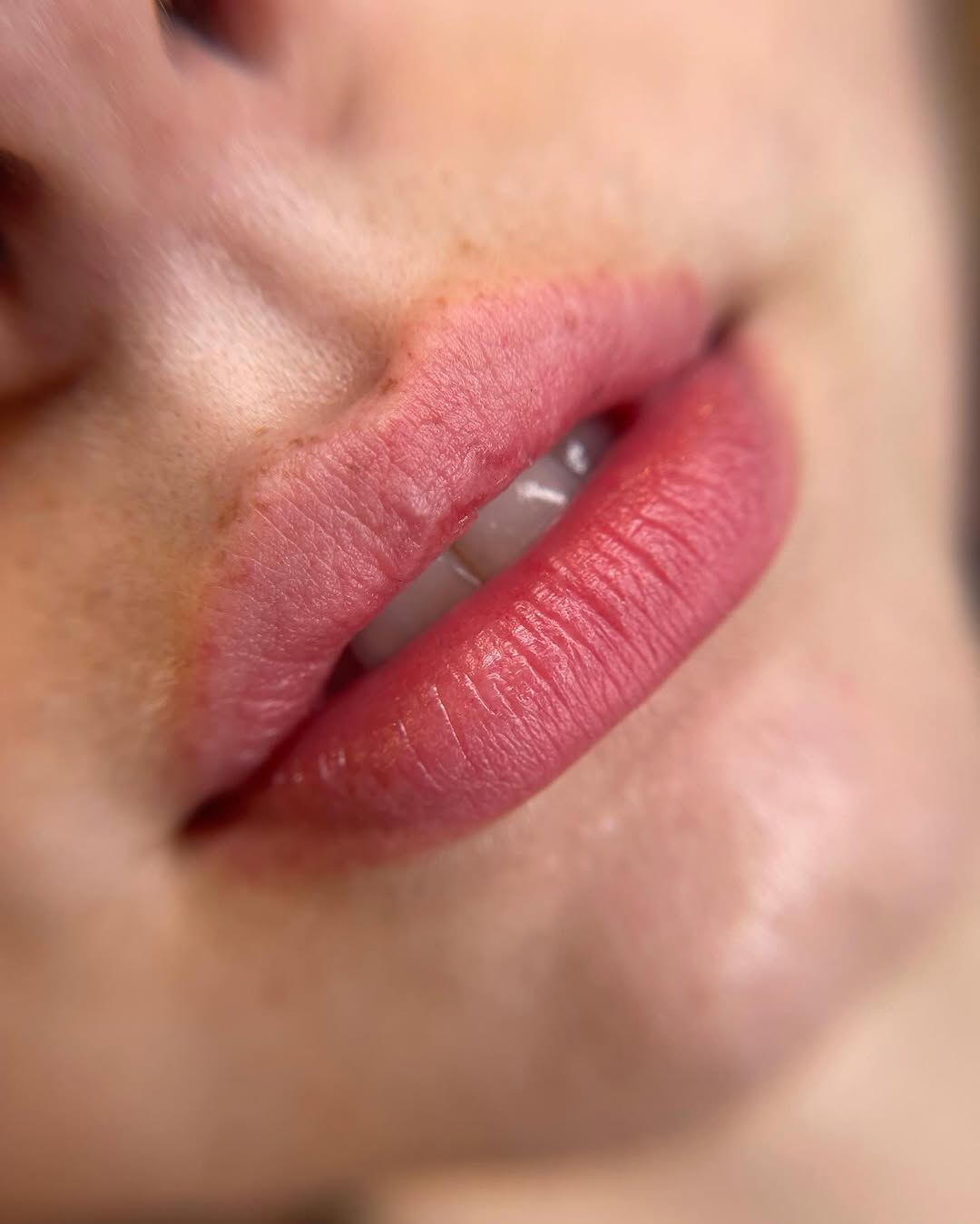
source @coriryannewyork
One of the most technically impressive forms of realism is close-up drawings of lips, skin pores, and other delicate facial textures. Some artists create extreme close-up renderings of lips, complete with moisture droplets, reflections, and tiny creases that make them look astonishingly real. Achieving this level of detail requires smooth blending techniques, ultra-fine pencils for intricate textures, and layering methods to gradually build up the skin’s natural look. The best realistic skin texture drawings often incorporate different types of erasers to remove small areas of graphite, creating realistic highlights that enhance the depth and realism of the subject.
20. Surreal Realism: Combining Fantasy with Photorealistic Detail
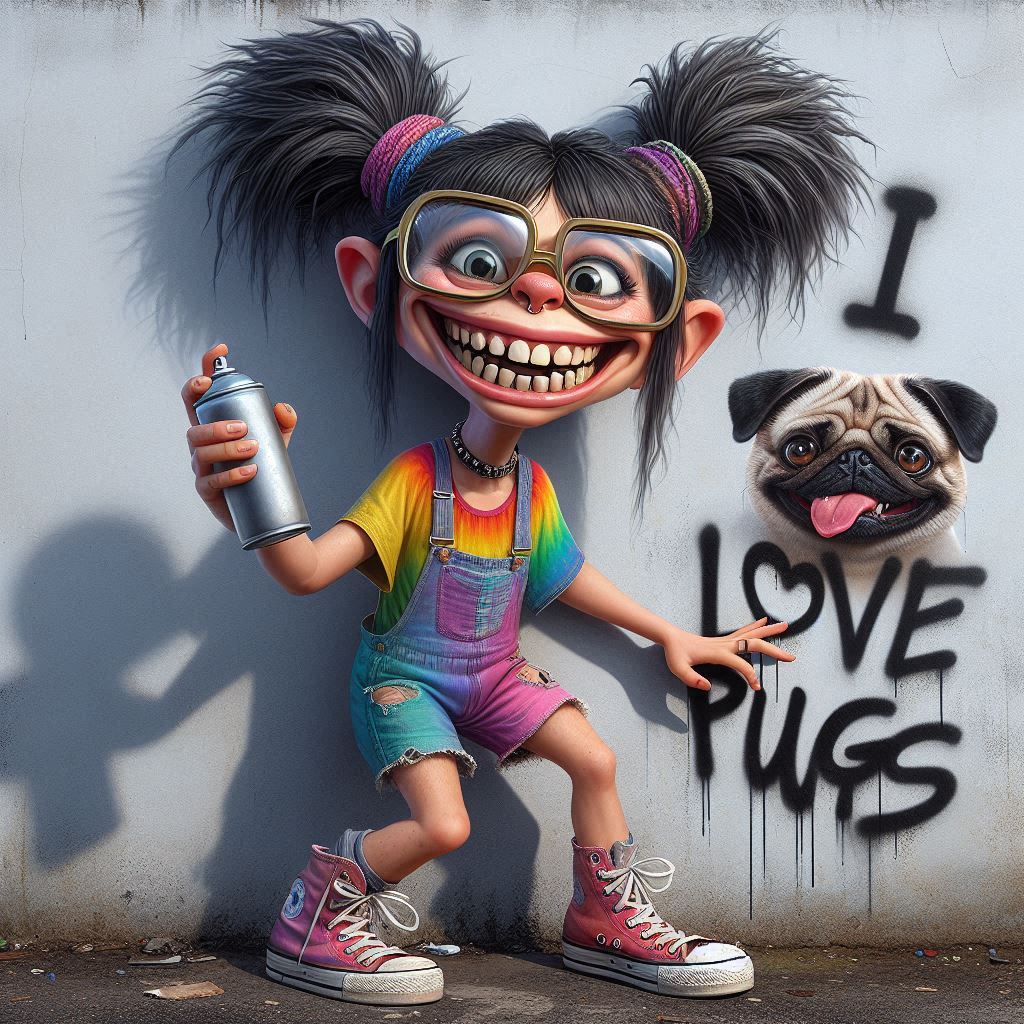
source @vesnadigital_6
Some of the most mind-blowing realistic drawings take realism a step further by incorporating surreal elements. Artists blend photorealistic human portraits with unexpected fantasy elements, such as a face dissolving into butterflies or a hand made entirely of water. These works push the boundaries of traditional realism by maintaining meticulous detail while introducing imaginative concepts. This genre, often called surreal realism, requires an artist to master realistic shading and textures while also exploring creative storytelling. The best examples of surreal realism challenge viewers to look beyond what is possible, blending dreams with reality in a visually stunning way.

